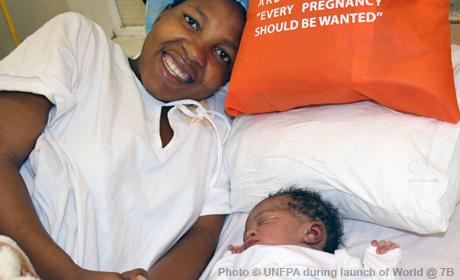Key humanitarian results 2020

People reached with GBV prevention, mitigation and response activities

Affected population reached with Family Planning services

Number of women of reproductive age (aged 15-49) reached with SRH services

Number of adolescents aged 10-14 reached with SRH services

Number of adolescents aged 15-19 reached with SRH services

Number of young people aged 20-24 reached with SRH services

People reached with awareness-raising activities and GBV-lifesaving information in-person

Number of people reached with personal protective equipment (PPE) supplies

Health facilities supported by UNFPA

Jeunes animateurs et bénévoles formés à la santé sexuelle et reproductive

Personnel trained on clinical management of rape

